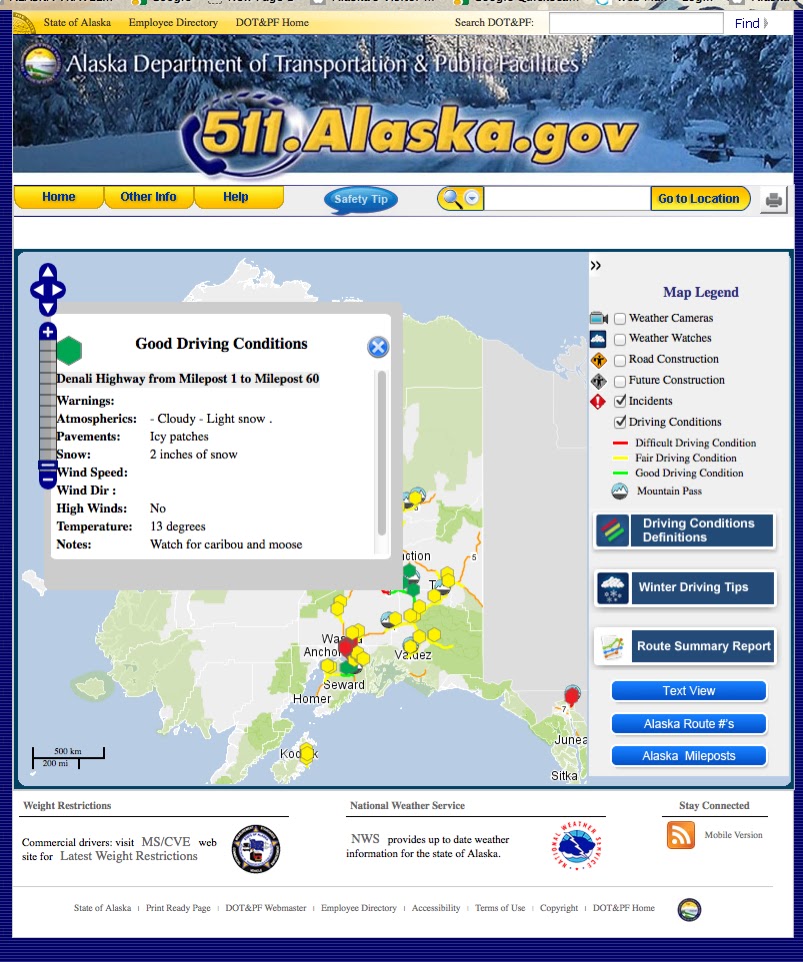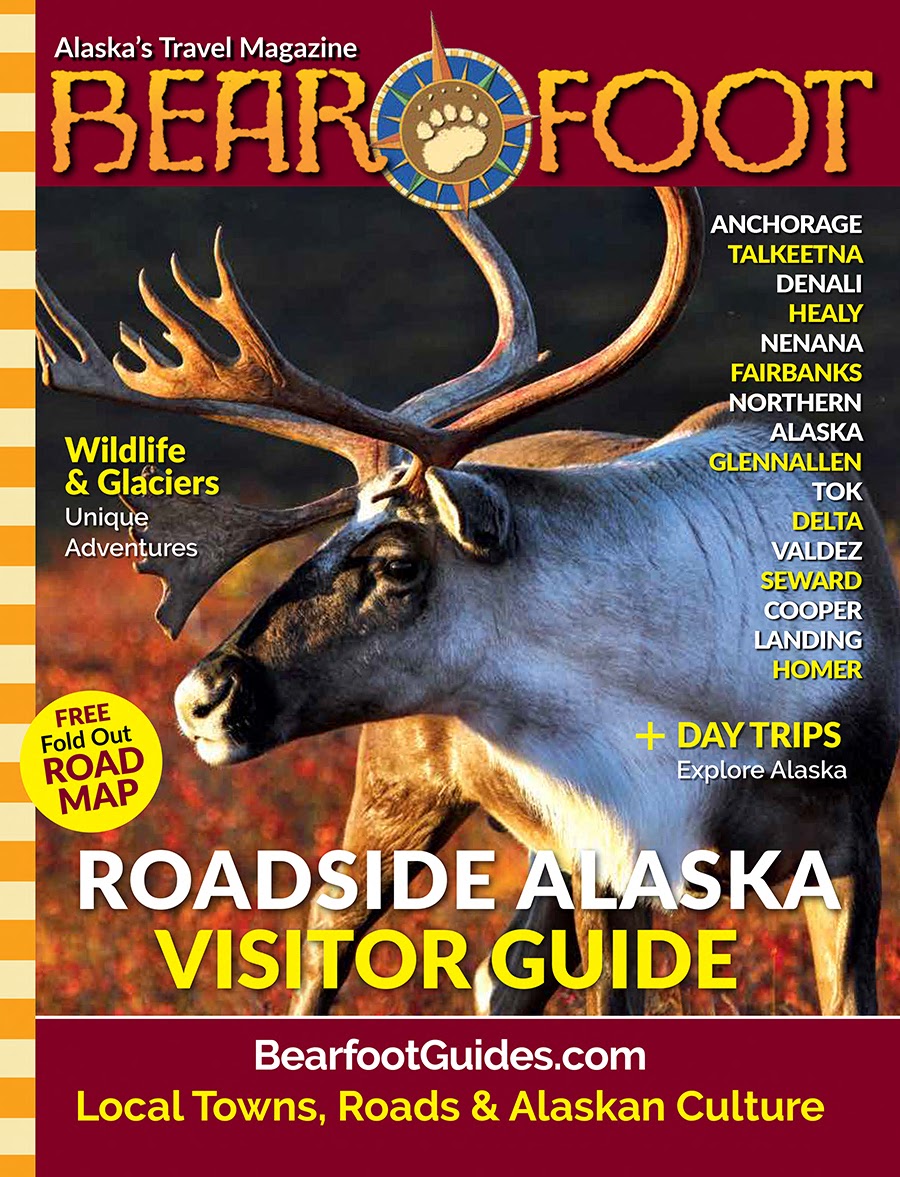Late March Avalanche Near Mat Glacier Between Palmer & Copper Valley Kills Fairbanks Skier
Avalanches Are All Too Common In Local Mountains Skier Was "Heli-Skiing" Matanuska Glacier From The Glenn Highway. (File Phot...
https://www.countryjournal2020.com/2021/03/late-march-avalanche-near-mat-glacier.html
Avalanches Are All Too Common In Local Mountains
Skier Was "Heli-Skiing"
March 28th, 2021: A 40 year old Fairbanks woman named Erin Lee has died in an avalanche near the Matanuska Glacier. She was caught up in the avalanche during warming spring weather, while skiing. (The temperature was listed as being over 15 degrees above zero the next day, Sunday, March 28th.)
Erin Lee was a popular bartender in Fairbanks. The avalanche took place around 7 miles off the Glenn Highway, east of the Glacier, according to Troopers, who got information about the avalanche around 2 pm Saturday. Erin Lee was taken to Mat-Su Regional by helicopter, where she was pronounced dead, Troopers said.
The Chugach Mountains have been dangerous this year. Erin Lee was the 4th avalanche death in Alaska in 2021. On February 2nd, three climbers were killed by an avalanche in Chugach State Park.
One of the problems of traveling through the high country of the Copper River Valley in winter and springtime has always been avalanches. Back during the days of the 1898 Gold Rush, a large avalanche wiped out a number of miners as they struggled across the glaciers from Valdez into the Copper Valley. It was the first officially recorded avalanche in modern times in the region.
Outdoorsmen from Alaska's larger cities – such as Fairbanks – frequently come to play on some of the many glaciers that surround the valley, risking avalanches when they do. There are avalanches every year at all the mountain passes: the Glenn Highway, the lower Richardson, and the upper Richardson. Sometimes these result in death if there are people nearby.
In the mid-1990s, for example, the Copper River Country Journal, which was distributed in print at the time throughout the Copper Valley, wrote an all-too common story:
CASTNER GLACIER -- This is avalanche season. Three skiers died in an avalanche at Castner Glacier, 60 miles south of Delta Junction, and north of Paxson last week. The body of one of the skiers was found when searchers followed a rope over the snow. The skiers were from Fairbanks, and had a reputation for being experienced. They were embedded in a 20-foot pile of hard snow, after triggering an avalanche.
In another Journal report in 1996, there had been only one inch of snow at Thompson Pass in the early winter, something that was highly unusual, even alarming.
Then a massive amount of snow fell, and by mid-February, five avalanches covered the Richardson Highway in the Thompson Pass area. The mountains came right to the road, and avalanching at the Pass contributed to 34 hours of road closures. The biggest avalanche was at Keystone Canyon. It was 330 feet long and 10 to 12 feet deep. There were also two on the north end of Keystone. One avalanche was 28 miles north of Valdez and the other was at Mile 38.
Deadly avalanching isn't limited to spring, though. In early December 2014, Michael Hopper of Fairbanks was skiing in the backcountry with a 35 year old Delta Junction man, Eric Peterson, near Mile 206 of the Richardson in the Rainbow Mountains. They were caught in an avalanche. Hopper dug himself out, but his friend died.
On Monday, March 29th, an avalanche on the Seward Highway, 200 feet wide and up to 6 feet deep blocked the Seward Highway at Milepost 45, near Summit Lake. According to story by Alaska Public Media a vehicle was caught in the slide but the driver was unhurt and able to get right out of his truck.
DOT had to begin immediately trying to clear the scene. The Seward Highway leads to all the major communities of the Kenai Peninsula, so road access to the Kenai was completely blocked.

















